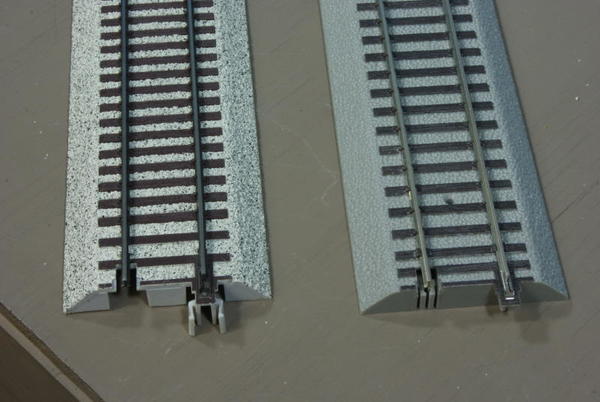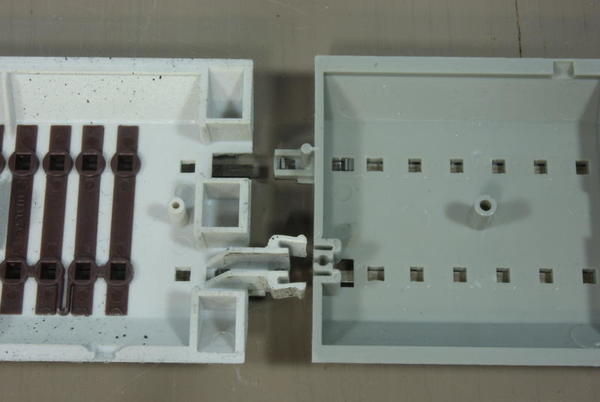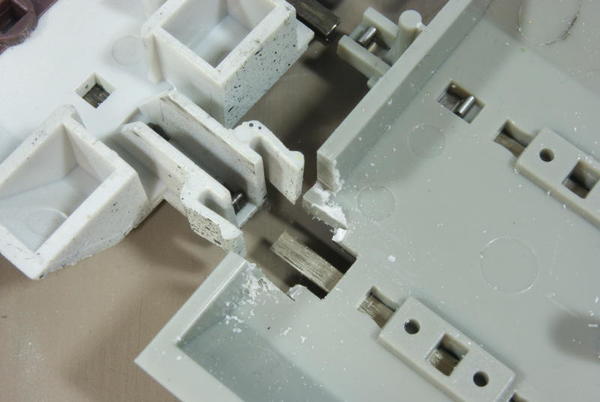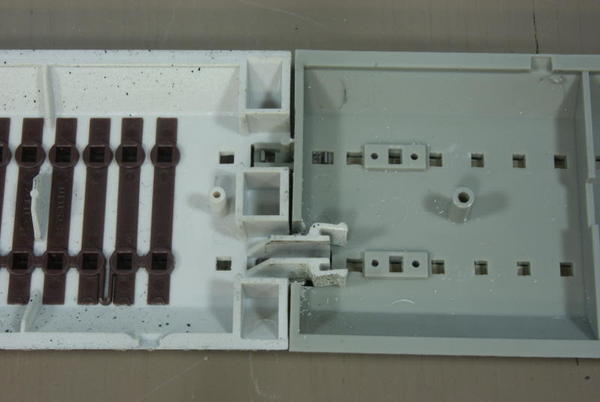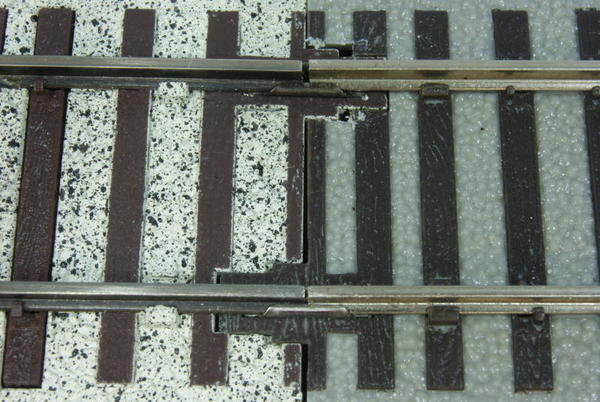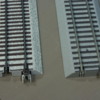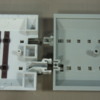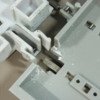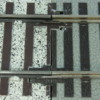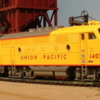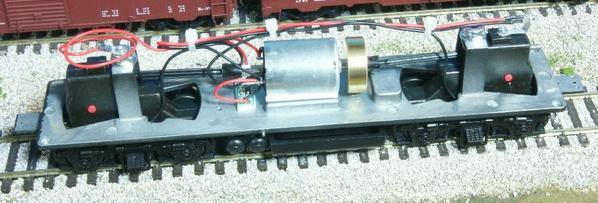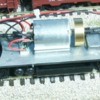Is it possible to raise a discussion of O Gauge versus S Gauge. As posted previously I'm planning on starting off my new train fascination with O Gauge, probably 036, however, after some research and some comments here I'm in a bit of a dither. I'm not sure I have room for anything other than 036 - maybe 042 - and I would be limited on any scaleability and that doesn't leave many options. Consequently I've considered S Gauge which is smaller and would leave me some growing room for options, e.g., something serious like a true scale GG-1 or Santa Fe Super Chief as opposed to non-scale examples of the same. When looking at truncated examples of the 031 or 036 limited GG-1 there seems to be a distortion.
What would be the pros and cons of 0 versus S Gauge?













